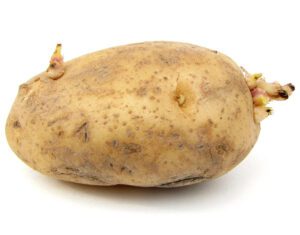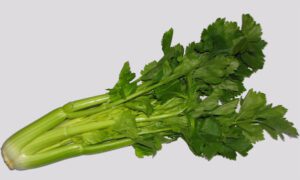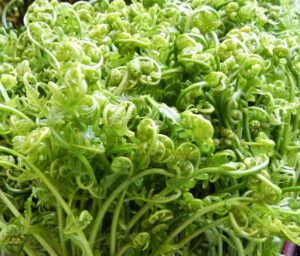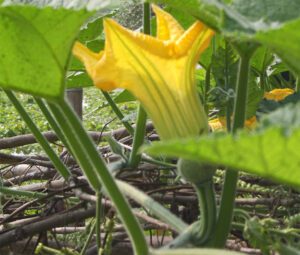Growing Chinese mallow was popular and important in pre-Han China. And then, it was an important leaf vegetable and widely cultivated.
The Chinese mallow is mentioned in Huangdi Neijing as one of the five consumable herbs (others are pea leaves, Welsh onion, Garlic chives and Allium macrostemon).
Chinese mallow (Malva verticillata) is actually a species of the mallow genus Malva in the family of Malvaceae. It is found in China and some other East Asian countries. Chinese mallow is also known as cluster mallow.
You can plan for growing Chinese mallow at any time, because it grows wonderfully throughout the year. And it is also called as a perennial plant because it is available throughout the year.
Guide for Growing Chinese Mallow
Growing Chinese mallow is relatively easy and simple. It is an annual or biennial plant that grow up to 1.7 meters in height and can inhabit woodland areas of different soil types.
The plant flowers from June to September in temperate climates, and the seeds from August to October. The flowers are self-pollinated and can also be pollinated by insects.
However, here we are describing more information about growing Chinese mallow in your home garden from planting caring to harvesting.
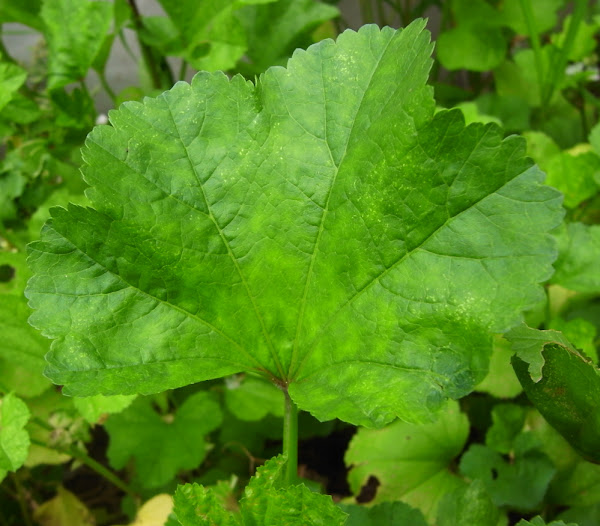
Planting
Chinese mallow plants are grown from seeds and the plants grow well in well-drained soil and need full sun.
Collect seeds first, and then start the seeds of in trays or sow directly into the prepared soil. If you sow directly into the soil, then you have to thin the seedlings to about 1 ft apart.
And if you want to plant the seedlings, then transplant the seedlings when they are about 5-10 cm tall. Water immediately after sowing seeds and planting the transplants.
Caring
Chinese mallow plants don’t require much care for growth. Although taking additional care will help the plants to grow better.
They grow well in almost any type of soil, so you don’t have to provide additional fertilizers.
Although you have to prepare the soil by adding organic materials into it prior to planting the seeds. Control weeds from the bed and mulch with organic materials if possible.
Harvesting
You can pick the leaves when they are large enough (about the size of your palm or larger).
Young shoots and stems are edible and you can harvest those if required. The flower buds and young leaves are also edible and can be used in salads.
The leaves have a rich, pleasant taste and most of the spinach lover prefer them. Good luck!



